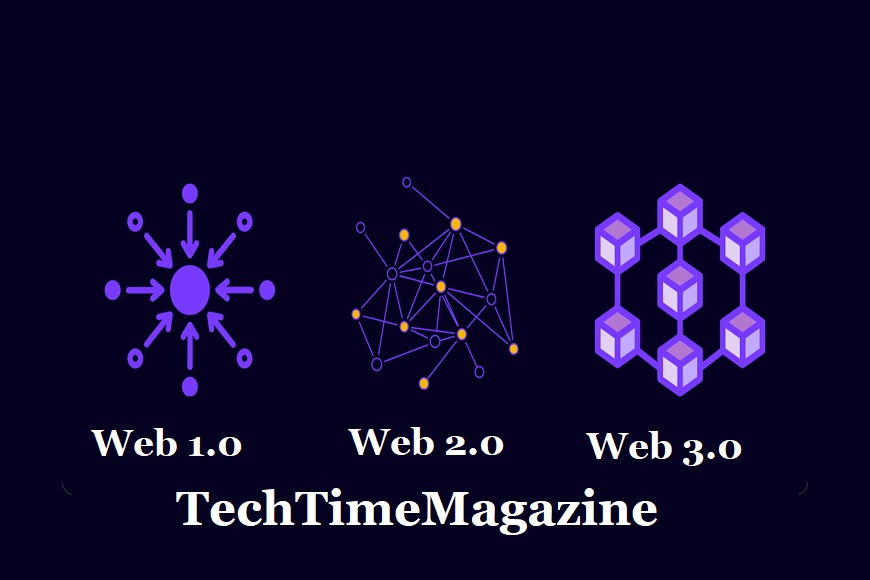With the introduction of Web3 games, the old Web2 gaming scene has been challenged, and the gaming industry has seen considerable changes recently. Web2 games, also known as traditional games, have been the foundation of the gaming industry for decades. However, with the rise of blockchain technology and decentralized platforms, Web3 games are emerging as a disruptive force, offering players a new level of autonomy, ownership, and innovative gameplay mechanics.
Web2 vs. Web3 Games
In This Article, We Will Explore The Key Differences Between Web2 And Web3 Games And Discuss The Importance Of Bridging The Gap Between These Two Gaming Paradigms:
Understanding Web2 Games:
Web2 games are the games we are all familiar with. They are typically hosted on centralized platforms and rely on traditional client-server architectures. These games are built using conventional programming languages and frameworks, often requiring a dedicated game client to run.
Web2 games have brought us countless hours of entertainment, but they come with certain limitations. The ownership of in-game assets is controlled by the game developers, and players have limited control over their virtual possessions. Additionally, monetization models in Web2 games can be restrictive and lack transparency.
Exploring Web3 Games:
Web3 games, on the other hand, leverage the power of blockchain technology and decentralized platforms. These games are built on blockchain networks, such as Ethereum, and utilize smart contracts to govern in-game assets and transactions. Web3 games offer players true ownership of their virtual assets, allowing them to buy, sell, and trade items with full transparency and without the need for intermediaries.
Furthermore, Web3 games often incorporate play-to-earn mechanics, where players can earn cryptocurrency or other rewards for their in-game achievements. This introduces a new paradigm where gaming becomes a source of income for dedicated players.
The Gap between Web2 and Web3 Games:
Despite the advantages of Web3 games, there exists a significant gap between Web2 and Web3 gaming experiences. Web2 games are deeply ingrained in the gaming culture and have a massive player base. On the other hand, Web3 games are still in their early stages of development and face challenges in terms of user adoption and scalability.

Moreover, Web3 games often feature different gameplay mechanics that might not appeal to traditional gamers. Bridging this gap is crucial to ensure the successful integration of Web3 games into the gaming ecosystem.
Bridging the Gap: Hybrid Gaming Experiences:
One approach to bridging the gap between Web2 and Web3 games is through the creation of hybrid gaming experiences. Hybrid games combine elements of both Web2 and Web3, providing players with the best of both worlds. These games utilize blockchain technology for asset ownership and decentralized economies, while still offering familiar gameplay mechanics that resonate with traditional gamers. Several successful hybrid games have already emerged, demonstrating the potential of this approach.
For example, a hybrid game might allow players to own and trade in-game assets using blockchain technology, while still offering a visually appealing and immersive gaming experience similar to traditional games. This allows players to retain a sense of familiarity while benefiting from the advantages of Web3 technology.
Advantages of Bridging the Gap:
Bridging the gap between Web2 and Web3 games offers numerous advantages for both players and developers. By embracing Web3 technology, players gain true ownership of their in-game assets, enabling them to monetize their gaming achievements.
This can lead to the emergence of decentralized economies within gaming ecosystems, where players can earn a living by playing games. Additionally, bridging the gap opens up new avenues for creativity, as developers can leverage blockchain technology to create unique gameplay mechanics and innovative experiences.
Overcoming Challenges in Bridging the Gap:
There Are Obstacles To Overcome In Order To Bridge The Gap Between Web2 And Web3 Games, Despite The Allure Of The Potential Advantages. Technical barriers, such as scalability issues and high transaction fees on blockchain networks, need to be addressed to ensure a smooth transition.
Furthermore, education and adoption efforts are necessary to introduce mainstream gamers to the concepts of blockchain technology and decentralized gaming. Simplifying the user experience and providing clear incentives for players can help drive adoption and bridge the gap effectively.
Impact on the Gaming Industry:
The integration of Web3 games into the gaming industry has the potential to disrupt traditional gaming models significantly. As Web3 games gain popularity and offer compelling experiences, players may start migrating from Web2 games to Web3 alternatives.
This shift can create opportunities for developers to explore new revenue streams, such as NFT sales and play-to-earn mechanics. Moreover, the advent of Web3 games can foster a more inclusive gaming environment, where players have greater control and ownership over their gaming experiences.
The Future of Gaming: Web3 Dominance?
While Web3 games are on the rise, it is unlikely that they will completely replace Web2 games. The coexistence of both gaming paradigms is a more probable outcome. Traditional gamers who are accustomed to Web2 experiences may continue to enjoy those games, while a growing number of players embrace the benefits of Web3 games. As the industry evolves, we may witness more hybrid gaming experiences that blur the line between Web2 and Web3, catering to a diverse range of player preferences.
Conclusion:
Web3 games are revolutionizing the gaming industry by providing players with enhanced ownership, autonomy, and new opportunities for monetization. Bridging the gap between Web2 and Web3 games is crucial to ensure the successful integration of these two paradigms.
By embracing hybrid gaming experiences and addressing challenges in scalability, adoption, and education, the gaming industry can pave the way for a future where players have greater control over their gaming experiences and the potential to earn real-world value through their virtual pursuits.

